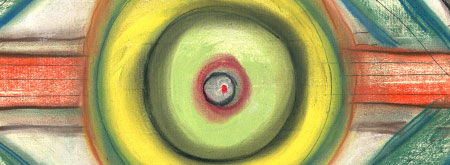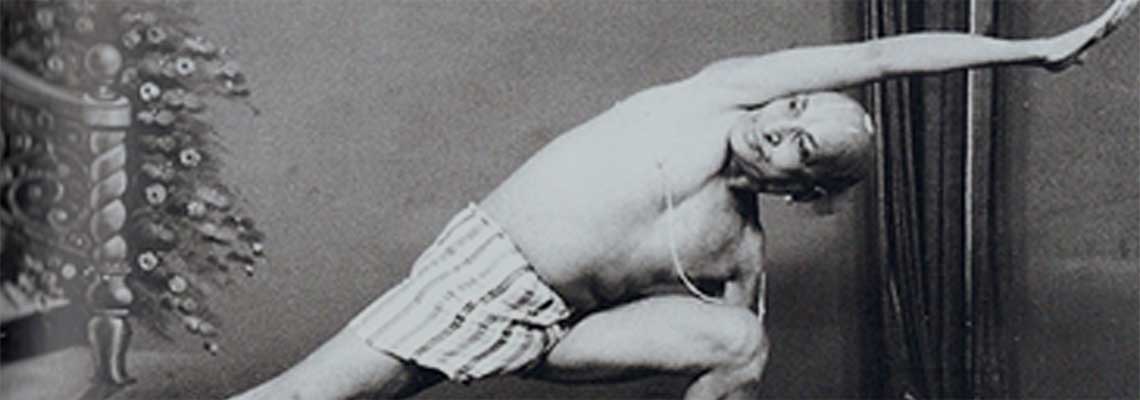There is a long lineage of people who have devoted their lives to the study of yoga. To be involved in the study of yoga is called sadhana, or spiritual training. Sadhana is based on experiential learning and uses specific techniques to train body, mind and senses to remain steady and rooted in NOW, the present moment. There are many benefits from undertaking a sadhana but the ultimate purpose is to help the aspirant in realizing the sacred nature of consciousness, and to learn to resolve inner and outer conflicts constructively, consciously and peacefully.
Many records in the form of sacred texts of the past teachings have been handed down in a long chain from teacher to student. These texts and teachings form the basis of a great tradition of yoga study. Within the yoga tradition there has always been great fluidity in the study and practice of the techniques. Teachers and students draw upon knowledge from multiple sources. They borrow techniques and synthesize philosophies to arrive at their methods of practice. Through the course of time different teachers have founded schools, communities have sprung up around these teachers, and they practice specific techniques.
As strong teachers come and go, schools, techniques, ways of thinking and practicing have changed, grown and evolved. An amazing intertwining of knowledge and methodology has taken place, a melding of ideas, philosophies, and practices. The complexity of the weave of this yoga study makes it virtually impossible to come to an exhaustive or authoritative genealogy of yoga, and the further back you go, the more obscure and untraceable the roots become. However, certain texts from great distant past have stood the test of time, the knowledge they offer has retained relevance and forms the basis of today’s study of yoga. These texts include the Upanishads, the Tantras, stories from the great epics such as the Mahabharata and Ramayana, Patanjali’s Yoga Sutras, the Shiva Samhita, Gheranda Samhita, Hatha Yoga Pradipika, Yoga Rahasya, Yoga Yajnavalkya, and others.
The study of Ashtanga yoga emerged from the legacy of the tradition of yoga study that utilized these texts as sources for creating effective yoga practices. The roots of Ashtanga can be traced to the legendary Sri T. Krishnamacharya, known as the Father of Modern Yoga. He, along with his student Sri K. Pattabhi Jois (David Garrigues’s teacher), brought forth the Ashtanga method from material they found in an obscure, previously lost text known as the Yoga Korunta. They used this text, in combination with knowledge from the sacred texts mentioned above, and with consideration for modern practitioners, to formulate the Ashtanga yoga system that we know today. Ashtanga incorporates many of the most classic and foundational Hatha Yoga techniques that are found in the more recent texts like the 15th century Hatha Yoga Pradipika.
Ashtanga uses a concentrated synthesis of asana (postures), pranayama (breathing), mudras (internal seals such as bandhas), dhyana (meditation), and vinyasa (rhythm, sequence, uninterrupted flow) to create a complete practice that is suitable for the average “householder” daily yoga practice. Pattabhi Jois made it his life mission to uphold and spread the Ashtanga method. He taught yoga with passion, patience and compassion for more than seventy years and gained a world wide following of devoted students.
David Garrigues teachings are devoted to honoring and furthering this same living lineage that began way back before recorded time with some unknown seeker whose intuition compelled him or her to quest after sacred knowledge. It is with the same spirit of love, intense curiosity, openness and conscious inquiry that David aims to help students dive into their own sadhana.



